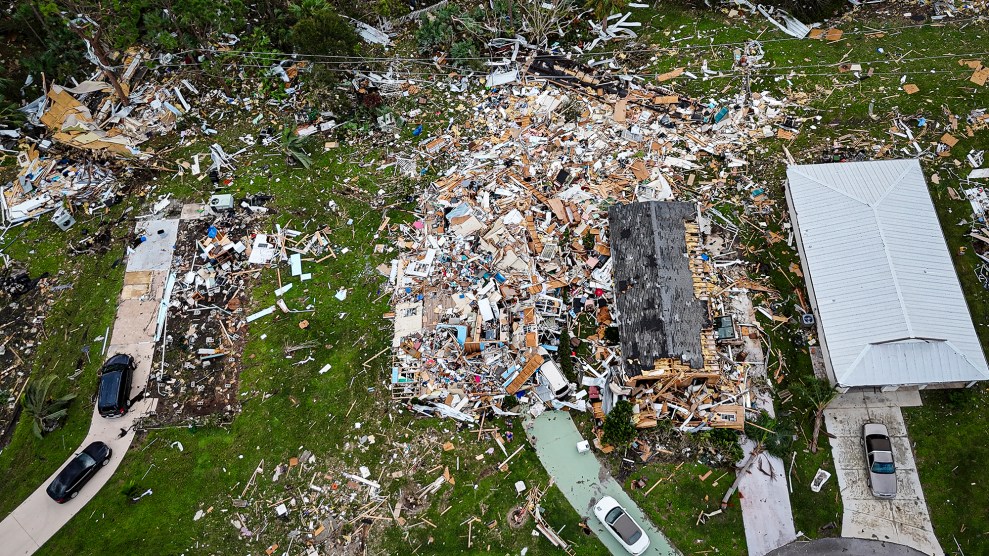Despite the Navy team’s considerable academic credentials, some other scientists are questioning its conclusions. Linda Weilgart and her husband, Hal Whitehead, who both study whales in association with Dalhousie University in Nova Scotia, Canada, have been outspoken opponents of LFAS deployment and critics of the EIS research. They don’t think enough is known about whales to be certain about how they are affected by LFAS, even at lower levels. Incidentally (or perhaps not), Weilgart and Whitehead claim they are among the very few marine mammal bioacoustics experts left in North America who are not conducting research funded by the US Navy.
“Speaking as a scientist who has studied whales for almost 20 years,” says Weilgart, “I’m not confident we can accurately define what goes on … with nursing, mating, and feeding [in the absence of LFAS]. The humpback whale, for example, has been studied to death, and we have never once observed mating.” If normal behavior is not understood and rarely observed, she says, it is impossible to know what sort of observable behavior is abnormal or indicates harm.
Considering that its research is to be the basis upon which LFAS will be deployed, the EIS research team agrees with Weilgart to a surprising degree. “No one would claim we have completed a comprehensive study,” says Dr. Kurt Fristrup, who assisted with the research. “I am concerned about the long-term effects. We need to know more about how whales behave under normal circumstances. ”
The MoJo Wire has learned that when LFAS is finally deployed, the Navy plans to allow marine mammals to be exposed to decibel levels 400 times higher than the maximum levels to which animals were exposed during testing. Furthermore, some animals may be inadvertently blasted with LFAS up to one million times louder than tested levels.
The Navy does plan to take “measures” to avoid exposing marine mammals to LFAS at its most dangerously high levels. The sound is loudest closest to the source, so the Navy plans to make sure there are no marine mammals within approximately one kilometer (a sixth of a mile) before they turn it on. They also plan to limit the use of LFAS in coastal areas where marine life populations are densest, and not to use it in the arctic, where several whale species are known to be particularly sensitive to loud sound.
While these efforts, which are known in military parlance as “mitigation” of the system’s environmental impact, promise to limit any extreme impact on the environment, critics find them wanting. First, they say, it will be impossible to detect all the animals within a one kilometer range; and second, LFAS could be harmful far beyond that distance, perhaps even from hundreds of miles away.
















